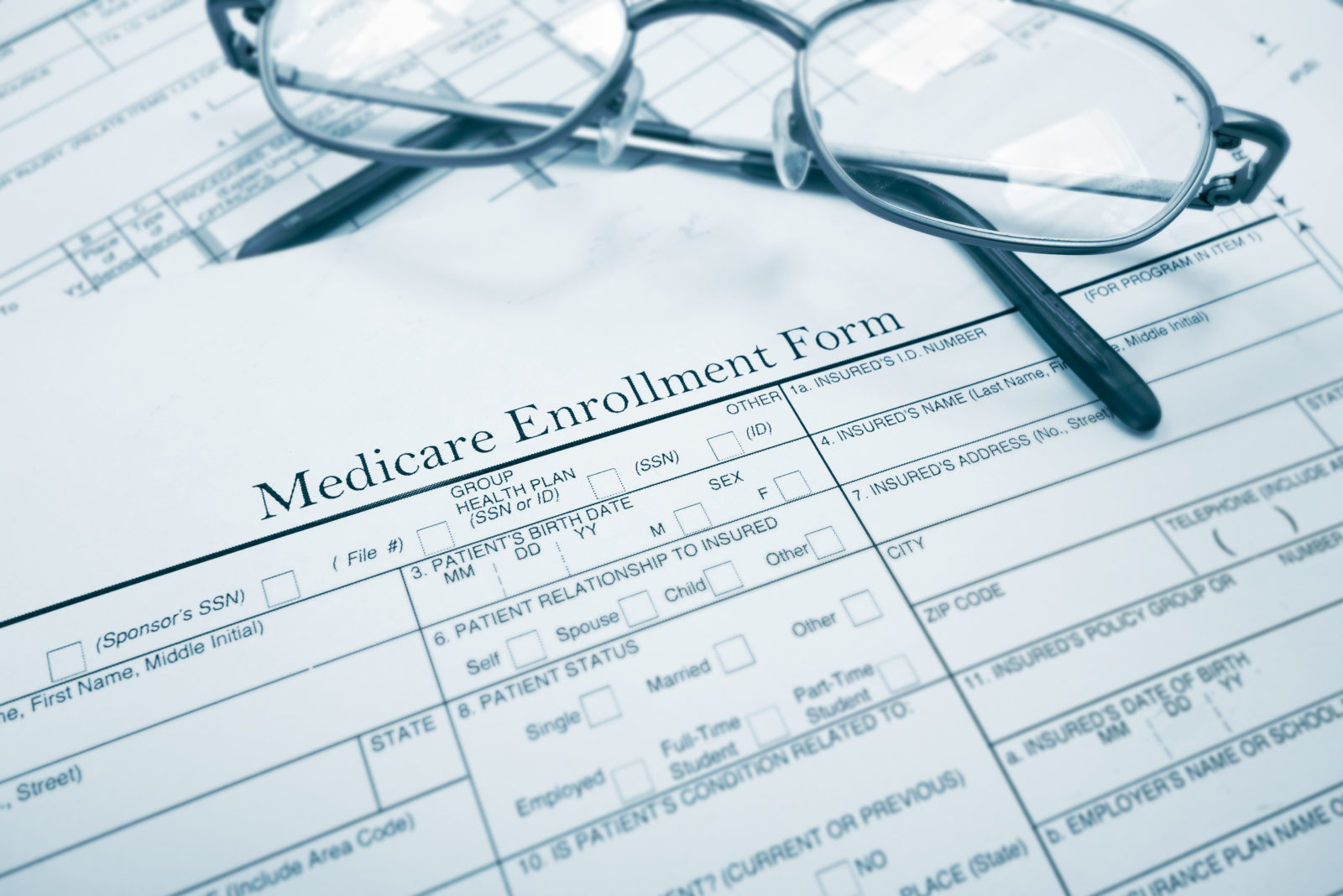Medicare Open Enrollment Has Begun—Review Your Plan Now

With more benefits, better choices and lower costs now available, the Social Security Administration is encouraging people with Medicare and their families to start reviewing drug and health plan coverage options for 2018. The Medicare Open Enrollment Period started in October and will end December 7. Finding the right plan to work with Medicare is very important. This will give older adults and people with disabilities time to compare and find the best plan that meets their unique needs.
As the largest public health program in the United States, Medicare has four parts to keep you covered:
- Part A: Hospital Insurance—helps cover inpatient hospital care, skilled nursing care, hospice care, and home health care. Most people get Medicare Part A premium-free, since it is earned by working and paying Social Security taxes.
- Part B: Medical Insurance—helps cover services from doctors and other outpatient health care providers, outpatient care, home health care, durable medical equipment, and some preventive services. Most people pay a monthly premium for Part B. Some high-income individuals pay more than the standard premium. If you don’t enroll in Medicare Part B during your initial enrollment period and then decide to do so later, your coverage may be delayed and you may have to pay a higher monthly premium for as long as you have Part B.
- Part C: Medicare Advantage—allows you to choose to receive all of your health care services through a provider organization. This plan includes all benefits and services covered under Part A and Part B, usually includes Medicare prescription drug coverage, and may include extra benefits and services at an extra cost. You must have Part A and Part B to enroll in Part C. Monthly premiums vary depending on the state where you live, private insurer, and whether you select a health maintenance organization or a preferred provider organization.
- Part D: Medicare prescription drug coverage—helps cover the cost of prescription drugs. Many people pay a premium for Part D. However, people with low income and resources may qualify for Extra Help to pay the premium and deductible. If you don’t enroll in a Medicare drug plan when you’re first eligible, you may pay a late enrollment penalty if you join a plan later. You will have to pay this penalty for as long as you have Medicare prescription drug coverage. To see if you qualify for extra help visit www.socialsecurity.gov/prescriptionhelp.
Using Medicare’s Plan Finder—available at www.medicare.gov/find-a-plan—can help you find the best plan in your area. You can also see if your current plan is highly rated or may have some issues. You have the option to complete a general or personalized plan search. A personalized search may provide you with more accurate cost estimates and coverage information.
If you need help finding the right plan, you can contact the Statewide Health Insurance Benefits Advisors (SHIBA). SHIBA is part of the Washington State Insurance Commissioner’s consumer protection services designed to help answer your health care questions. In King County, SHIBA is hosted by Sound Generations. You can get free, unbiased assistance with Medicare health care choices using their websites or by calling 206-828-6221 or 800-562-6900.
Each year there are changes to the Medicare program and it is important to keep up and understand how the changes can benefit or cost you more money. Visit www.medicare.gov or www.socialsecurity.gov for more information.
Contributor Kirk Larson is a public affairs specialist with Social Security Washington.
This artical orginally appeared on AgeWise King County (November 2017)
![Aging & Disability Services for Seattle & King County [logo]](https://www.agingkingcounty.org/wp-content/themes/sads/images/seattle-ads-logo.png)